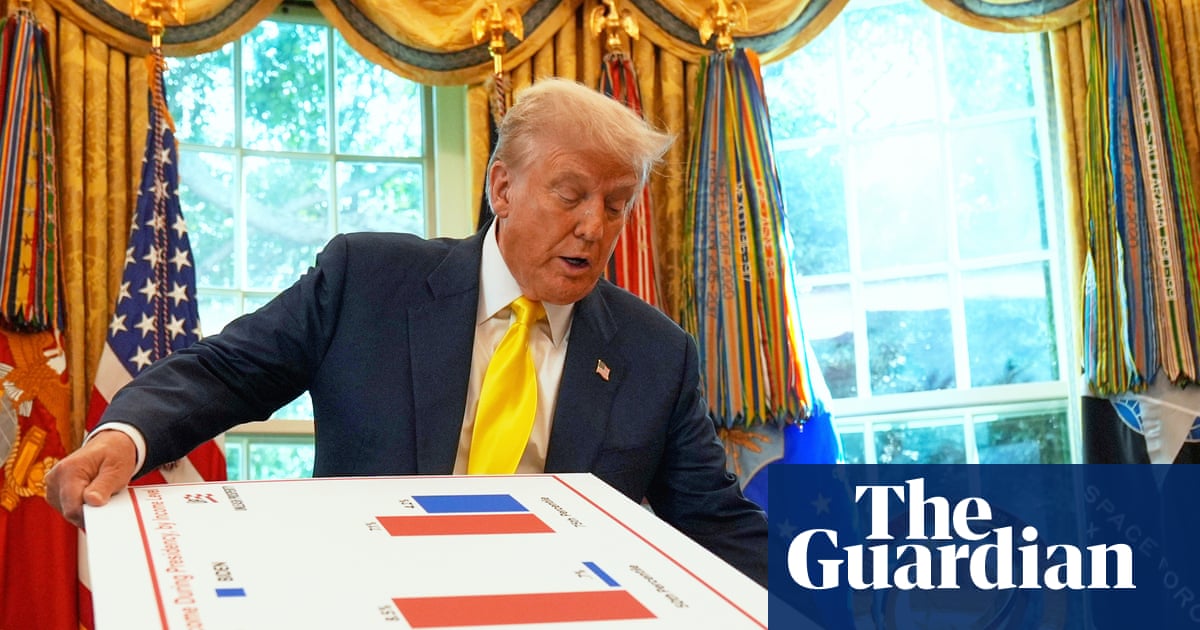WASHINGTON (Reuters) -The U.S. Securities and Exchange Commission on Tuesday said it was conditionally allowing stock exchanges to "expeditiously and meaningfully" lower costs tied to a comprehensive market surveillance system that has faced stern pushback from conservatives and industry.
WHY IT'S IMPORTANT
The action follows a a recent court decision invalidating the funding model adopted in 2023 under former President Joe Biden. According to the SEC, the changes announced Tuesday and earlier cost cuts mean certain system operating expenses for 2025 will be $25 million to $27 million lower than the $196 million forecast.
KEY QUOTES
"Both the Commission and the participants that operate the CAT need to take very seriously their roles in reducing these seemingly endless cost increases," SEC Chair Paul Atkins said in a statement, adding that the SEC planned to take further steps to reform the system and reduce costs.
CONTEXT
According to Atkins, by 2024 the system's projected annual costs had ballooned to $248 million from the maximum $55 million seen in 2016, when the system was established.
In 2012, the SEC mandated the creation of the CAT -- which is overseen by Wall Street's self-funded trading regulator known as the Financial Industry Regulatory Authority -- as a response to the 2010 "flash crash" when major Wall Street indexes temporarily erased nearly $1 trillion in market value in a matter of minutes.
Officials say it can allow regulators to spot market manipulation and have cited its data in enforcement actions.
Two years ago, the SEC split the operating costs among buyers, sellers, and exchanges, despite objections from the SEC's Republican members and the investment industry, which said it could be burdened with unfair costs. Officials said at the time this would divide costs evenly but also allow exchanges several years to recoup hundreds of millions already spent.
However, a federal appeals court found in July that the SEC's funding scheme was "arbitrary and capricious" because the agency hadn't sufficiently explained the reasons for apportioning different costs to different marketplace actors.
The conservative policy manifesto Project 2025 had called on the SEC to abolish the CAT entirely. In its regulatory agenda, the SEC this year called instead for an evaluation of the CAT's effectiveness.
(Reporting by Douglas Gillison in Washington; editing by Edward Tobin)

 German (DE)
German (DE)  English (US)
English (US)  Spanish (ES)
Spanish (ES)  French (FR)
French (FR)  Hindi (IN)
Hindi (IN)  Italian (IT)
Italian (IT)  Russian (RU)
Russian (RU) 























Comments